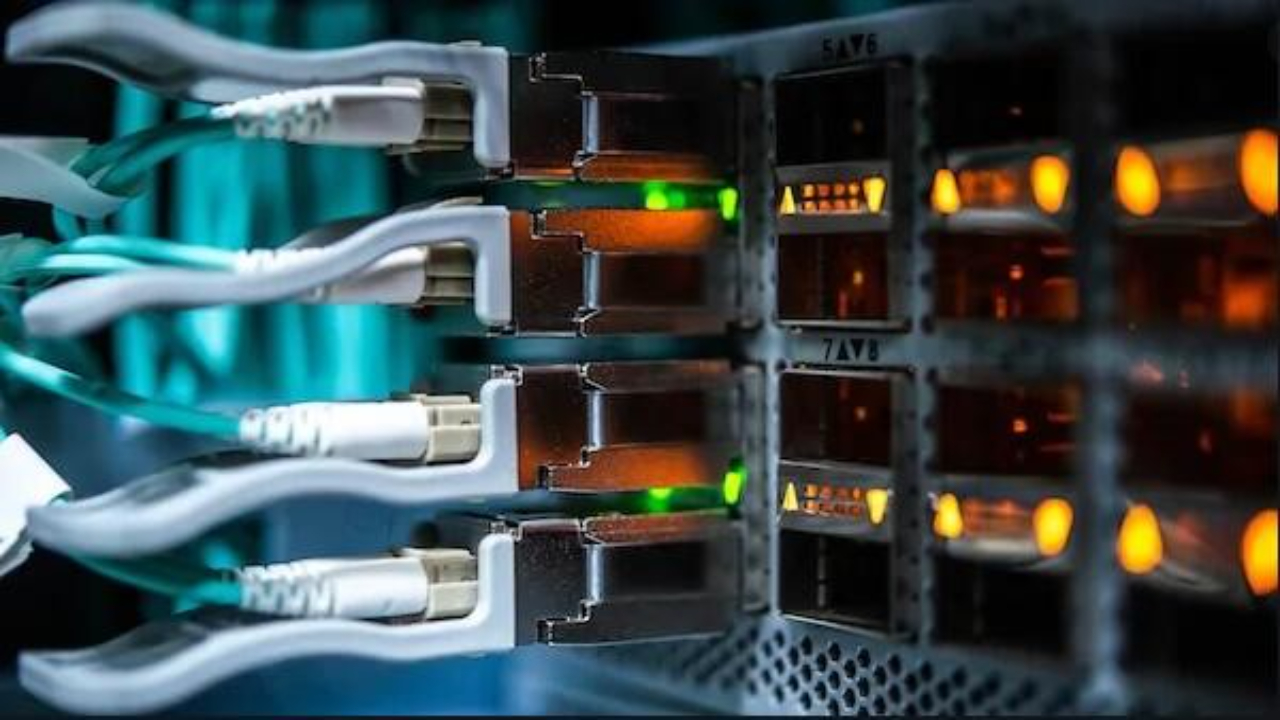Technological improvements are driven by the need for quicker and more effective connectivity in the constantly changing field of data transfer. The development of 400G optical transceivers represents a significant advancement in addressing the ever-increasing demands of contemporary networks. Higher bandwidth and quicker data transfer rates are more important than ever as cloud computing, the Internet of Things (IoT), and data-intensive applications proliferate.
The Evolution of Optical Transceivers
High-speed networks rely on optical transceivers, which transform electrical signals into optical signals for transmission via fiber optic cables. These transceivers have developed over time to meet the increasing demand for bandwidth. The industry has seen several generations of transceivers, such as 40G and 100G transceivers, from the early days of 1G and 10G transceivers. We are entering a new age of ultra-high-speed data transfer by introducing 400G optical transceivers.
Key Features of 400G Optical Transceivers
Increased Bandwidth
These transceivers, which have four times the capacity of their 100G equivalents, are made to withstand the enormous amounts of data produced by modern data centers and high-performance computing settings.
Enhanced Data Rates
400 G optical transceivers support data rates of at least 400 gigabits per second (Gbps). This lowers latency and improves network performance by enabling faster and more effective data transmission.
Space Efficiency
As higher bandwidth demand grows, optimizing data center space becomes crucial. 400G optical transceivers contribute to space efficiency by consolidating data streams into a single, high-capacity channel, reducing the number of physical connections required.
Power Efficiency
With a focus on sustainability and energy efficiency, 400G optical transceivers are designed to operate with reduced power consumption per gigabit of data transmitted. This not only aligns with environmental goals but also helps data centers manage their operational costs.
Applications of 400G Optical Transceivers
Data Centers
Implementing 400G optical transceivers holds particular importance in data centers because of the massive amount of data being handled there. Thanks to these transceivers, data center operators can now satisfy the increasing demands of big data analytics, cloud computing services, and storage applications.
Telecommunications Networks
Telecommunications companies are adding 400G optical transceivers to their networks to meet the increasing demand for high-speed internet services. This is especially important in populated areas and cities where network congestion might be an issue.
Enterprise Networks
To ensure smooth communication and data transmission within their organizations, large enterprises with considerable networking needs are implementing 400G optical transceivers. This is especially advantageous for manufacturing, healthcare, and finance sectors, where instantaneous data access is essential.
Challenges and Future Developments
Despite significant data transmission capacity advancements, 400G optical transceivers need help. Signal integrity, heat control, and interoperability with current infrastructure, must be carefully considered while implementing these high-speed transceivers. Bonelinks specializes in handling the complexities of high-speed connectivity and helps to realize the full potential of 400G optical transceivers. Visit their website for more details.
The industry is already investigating the possibility of much higher data rates in the future, such as 800G and higher. To meet the challenges brought about by these developments, scientists and engineers are always coming up with new ideas for the infrastructure that can keep up.
Conclusion
The development of 400G optical transceivers is a turning point in the history of high-speed networks for communication. As bandwidth needs skyrocket, these transceivers offer a scalable solution for data centers, telecom networks, and companies. 400G optical transceivers are at the forefront of facilitating the seamless flow of information in our increasingly connected world thanks to their improved data rates, space efficiency, and power efficiency.

